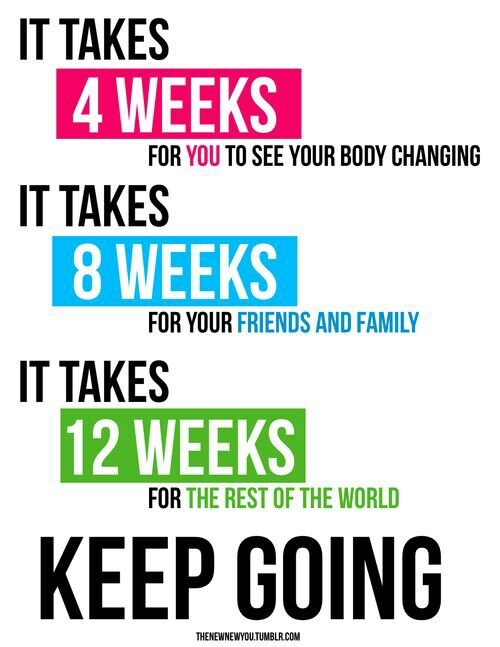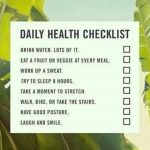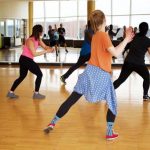It’s a new year and one of your resolutions is to eat healthy and exercise, but you don’t know where to start? Don’t worry, I’ve got you covered.
I’m going to give you actionable steps you can take to get you on the right path to becoming a fitness enthusiast.
Without further ado, let’s get started.
1. Have a strong “Why?”
You need to know why you are actually starting to train. For most people, it’s usually about losing or gaining weight. Some people also train for other reasons such as stability, endurance, and mental clarity.
Whatever your reason, you should state it, preferably on paper or on a mood/vision board. This is so important because motivation is something you’ll easily miss if you don’t have a solid reason why you’re training in the first place.
If you’re confused or haven’t figured out your reason yet, ask yourself “What results do I want to see from embarking on this fitness journey?”
Once you’ve answered that question, you have your “Why?”
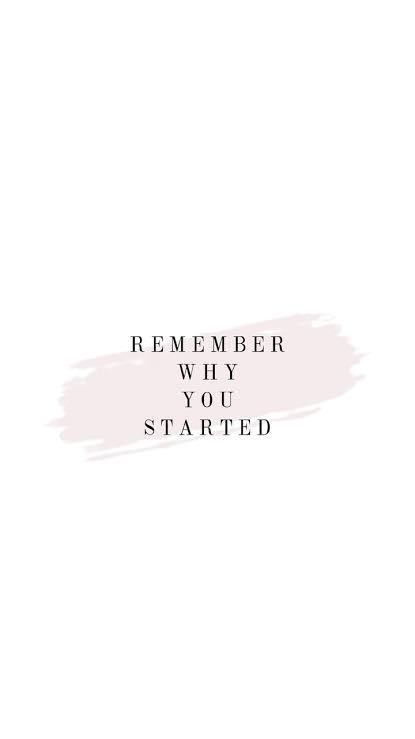
2. Set yourself a clear and concrete goal
Next, you want to set your fitness goals. Like I said, it varies individually. Most people are more interested in the physical benefits of working out, while some have other reasons.
Be very clear about what your goals are. If your goal is to lose weight, write down the number of pounds or kilograms you want to lose or the weight range you’re aiming for. If your goal is endurance, ask yourself, for example, how many kilometers you want to be able to cover at once.
Whatever your goals are, make sure they are SMART: specific, measurable, achievable, realistic and timely. You don’t want to set yourself up for disappointment by setting yourself unrealistic and unachievable goals at a certain time, like losing 40 pounds in a month!
3. Save your starting point
The only way to track progress is to know how far you’ve come from your starting point. Therefore, it is important to record your starting point.
In fitness, this can be done in different ways. The most common way, especially for weight-related goals, is to use the scale. However, there are more meaningful ways to measure where you are at the start of your fitness journey. These are: taking before photos, taking body measurements and recording other fitness components such as strength and endurance before your journey begins.
Let’s say your goal is to lose weight. Rather than just checking the scale, instead take photos and measure specific areas of your body, especially your stomach, arms, and legs. More than often, people tend to see better results from reducing the inches around their waist than from emphasizing the numbers on a scale.
Again, if your goal is to get stronger, you can count how many push-ups you can do in a row and see how much it improves. Or, if it’s endurance, measure how long you can run on a treadmill before and after you start training.
4. Find the best training program
This will take a bit of research on your part, but I can give you some basic advice.
If you’re trying to lose weight and gain muscle, high-intensity interval training (HIIT) workouts are a good way to start. If you’re trying to gain muscle or improve your strength, weight lifting and resistance training are definitely for you. For endurance, cardio-based workouts will definitely do you good, and Pilates has a great reputation when it comes to improving flexibility.
Even if your goals are not on any of the four mentioned above, there will definitely be something for you. Use resources like YouTube, Instagram, and Pinterest to get the best workout routines that meet your needs.
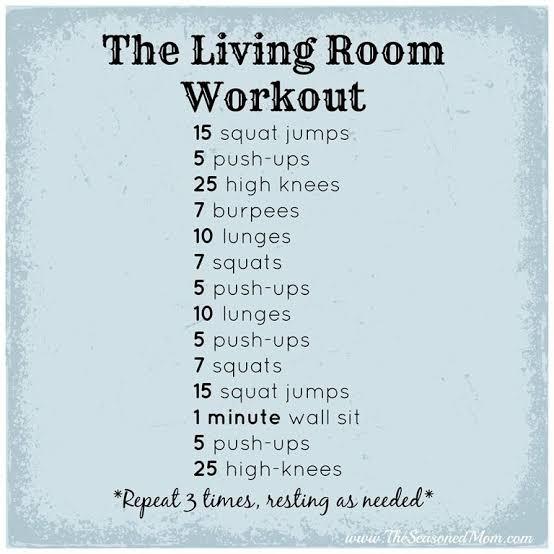
5. Get some materials
After discovering which workout routines best suit your fitness goals, it’s time to get some equipment.
To get started, all you really need is a fitness mat that you can train on at home. You can buy one or make one yourself using old clothes or towels.
You can also buy a jump rope if you like jumping, fitness watches and sweatbands to maximize water weight loss. If you like resistance training, a pair of dumbbells and resistance bands can be added to your collection.
Apart from workout gear, you also need to make sure you have the right workout outfit. For women, make sure you have sports bras or bras that are good enough for working out. A good pair of shoes is also essential to make sure your feet don’t hurt. (You can just wear socks or go barefoot if you train indoors.)
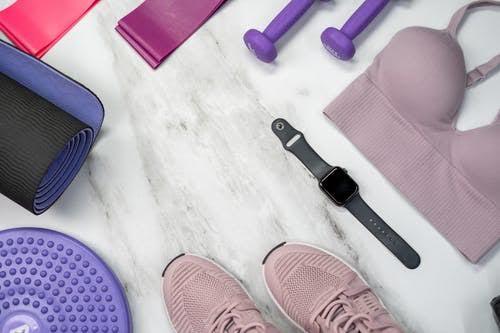
6. Track your progress in different ways
Like I said earlier, the only way to track progress is to know how far you’ve come from your starting point.
Once you start training, you are going to see some form of physical or other result. Depending on your goals, you should measure your progress accordingly.
Take photos every week and place them side by side with your previous photo to compare the difference. Even if you don’t see a difference yet, don’t despair. Do this continuously and over time you will notice subtle changes in each of the images which will become more pronounced over time.
Additionally, measure increases in your fitness components such as strength and endurance by checking for improvements in your exercise form. Also compare the number of reps / how long you could do certain exercises from the start of your fitness journey until then.
To lose weight, I suggest you check the scale every month or every two weeks. DO NOT check your weight every day! It’s a recipe for disappointment. Your weight fluctuates throughout the day. So checking your weight every morning is not the best way to start a day.
Slow progress is still progress.
7. Stay motivated with social media
Follow fitness influencers who inspire you, discover weight loss and fitness transformations using their hashtags on Tiktok and Instagram.
Watching transformation videos on Tiktok and YouTube motivated me more than anything.
Plus, following the right people who share workout tips can be life changing. BE CAREFUL not to follow influencers who promote a diet culture and a toxic body image. Instead, follow those who spread love and positivity.
You can also join workout groups, forums, and online communities with others who share the same fitness goals as you. It will help you tremendously, so don’t underestimate the power of community.
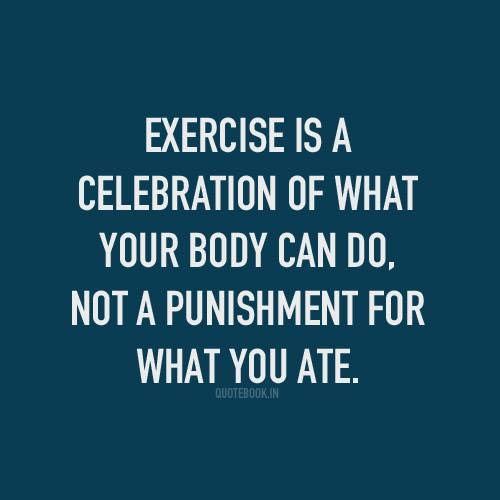
8. Be patient and consistent
You may not see results quickly. In fact, you probably won’t see any results in the first two weeks of your workout. If you do, this is your chance. A lot of people, myself included, don’t.
Like most things, seeing the results you want will take patience and consistency. It may take you months to see the result that someone else will see in a few weeks, but don’t let that put you off. DO NOT compare yourself to anyone. Our bodies are different, our results too.
Finally, starting a workout is a great idea, but it’s not a do-or-die affair. Don’t embark on a fitness journey with an “all or nothing” mindset. Believe me, it won’t get you anywhere. It’s okay to take a break for a while when you feel unmotivated. Get up as soon as possible and keep pushing.
